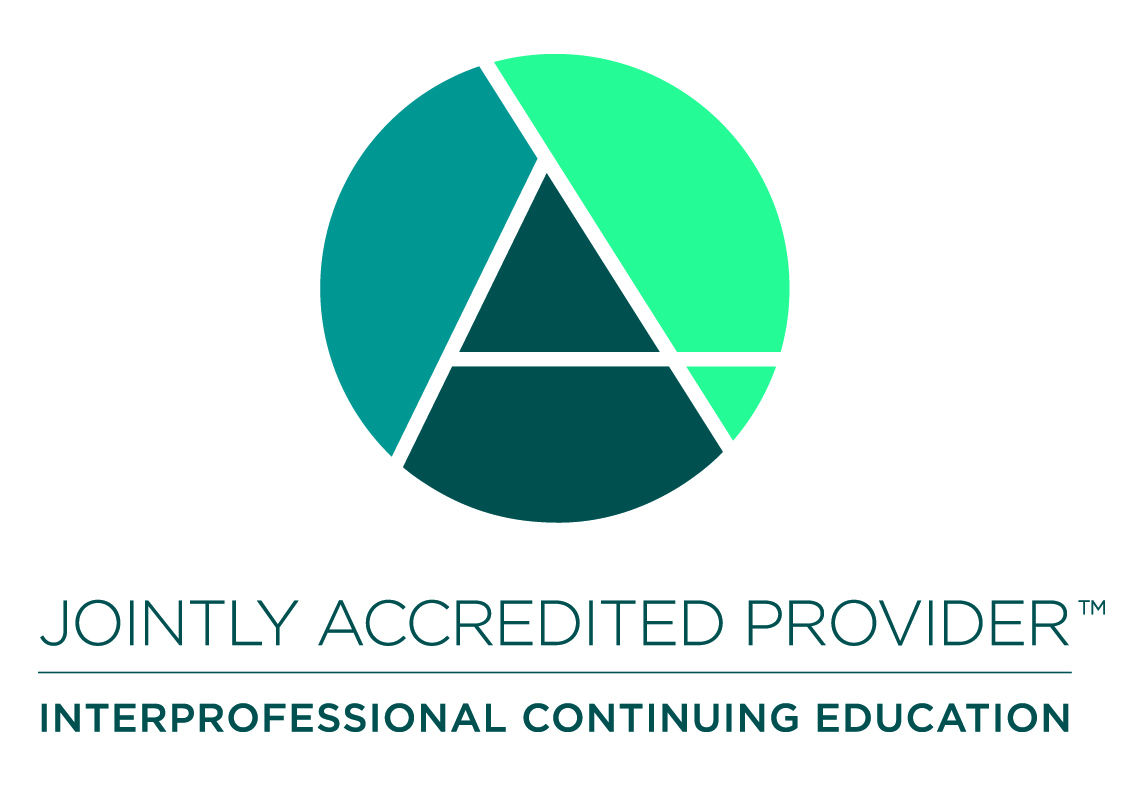Description:
There is limited information regarding best practices and outcomes using fractionated frameless Gamma Knife Stereotactic Radiosurgery. Physicians and other learners seek to improve their competence, knowledge, and skills to evaluate, assess, diagnose and determine whether or not Gamma Knife Stereotactic Radiosurgery is the optimal choice for a patient presented with signs and/or symptoms of brain tumors, functional disorders and vascular malformations. Interdisplinary team members need to know the risks versus benefits associated with fractionated gamma knife treatment, frame-based treatment and frameless treatment. As new research becomes available, physicians and other learners need to continue to update their understanding on the risks versus benefits associated with fractionated gamma knife treatment, frame-based treatment and frameless treatment. Frequent review of Gamma Knife peer reviewed literature, patient outcomes, and manufacturer guidelines are necessary. Due to ongoing research regarding best practice for brain tumors, functional disorders, AVMs and delivering quality care, inter-professional collaboration allows for identification of appropriate treatment options, based on current neurological deficits that will yield best quality of life benefits for patients. Through regular scheduled case conference, the inter-professional team will gain a broader knowledge of Gamma Knife's risks and benefits in terms of treatment type, treatment plan, dosage, outcome, recurrence(s) of disease, new indications, potential appropriate gamma knife candidates, treatment type, radiosurgery dosages and indications for fractionation which will ultimately minimize potential complications.
Target Audience:
Nurse Practitioner (NP)
Nurse, Registered (RN)
Physicians (MD or DO)
Physician Assistant (PA)
Other Healthcare Professionals
Learning Objectives
After Attending this Activity, Learners Should be Able to:
1. Evaluate Gamma Knife candidates with collaboration from the interprofessional team, weighing risks and benefits and other key considerations, to appropriately determine individualized treatment plans.
2. Consider any relevant social drivers of health in the application of recommendations and treatment strategies developed via this inter-professional forum.
3. Discuss ongoing strategies to ensure that the goal of 100% of MRI images are Gamma Knife ready before reaching conference is met.
Accreditation:

In support of improving patient care, Sutter Health, is jointly accredited by the Accreditation Council for Continuing Medical Education (ACCME), the Accreditation Council for Pharmacy Education (ACPE), the American Nurses Credentialing Center (ANCC), and the Association of Social Work Boards (ASWB) to provide continuing education for the healthcare team.
Credit Designation Statement
Sutter Health designates this LIVE activity for a maximum of 1.00 AMA PRA Category 1 Credits™ for physicians and 1.00 continuing professional development contact hours for nurses. Learners should claim only the credit commensurate with the extent of their participation in the activity.
Note to Other Disciplines: AMA PRA Category 1 Credits HOURS™ Continuing Medical Education is acceptable for meeting the continuing education requirements for Pharmacists, Physician Assistants, Psychologists, Registered Nurses, and Respiratory Care Practitioners. For other disciplines, please check with the regulatory board for your discipline to confirm what type of credits meet the continuing education requirements. Continuing education hours for nurses accredited by ANCC, via Joint Accreditation.
Attendance & Credit Claiming
Text the 6-letter attendance verification code to (916) 866-7913 to claim credit.

 Facebook
Facebook X
X LinkedIn
LinkedIn Forward
Forward